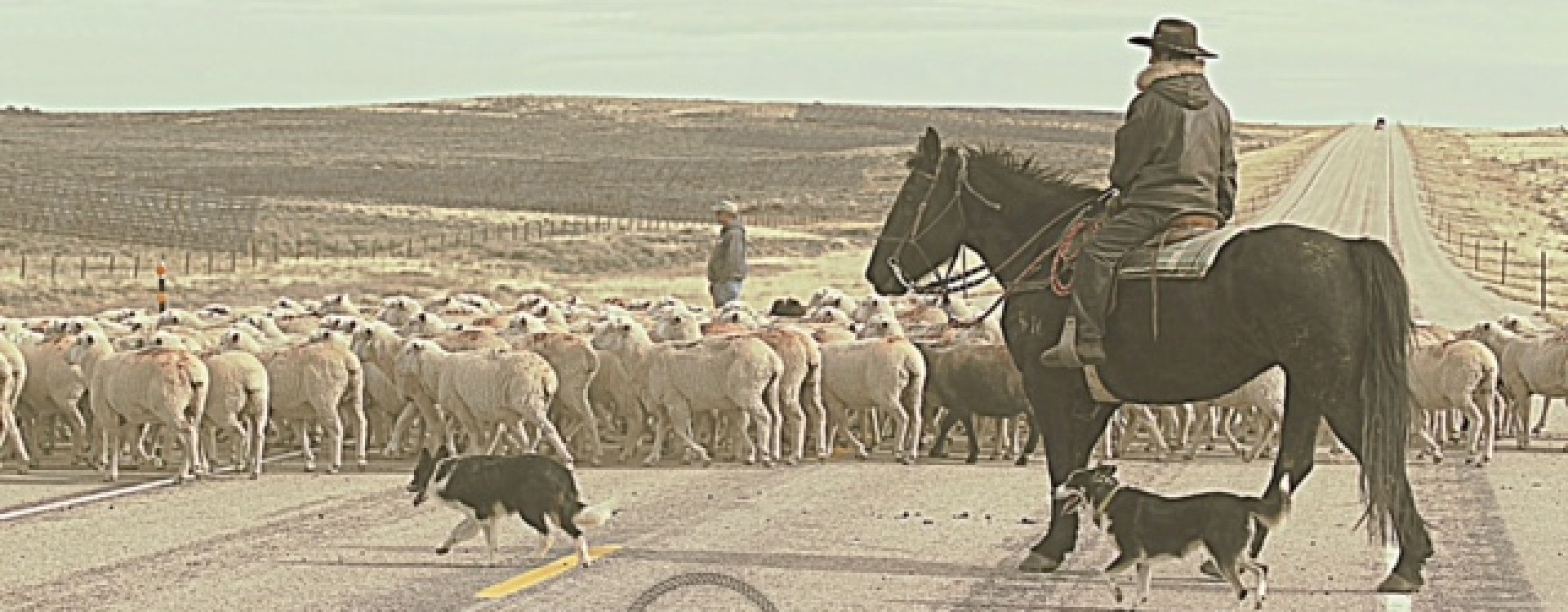Thanks to Rob McIntosh for sending in this editorial and images — Guernsey Reservoir is a popular destination for many folks, and I appreciate this perspective on the little details that are commonly overlooked…all images and article are by Rob McIntosh of Torrington. Thanks Rob!

Keep in mind while reading this that in no way am I saying there is anything wrong with fishing, camping, boating, skiing, and other water sports that go on at Guernsey Reservoir. This is my attempt to focus (pun intended) on what the majority of the people spending time at the lake will never see. High above the beaches and crisp blue water of the lake lies an all together different world that is seldom seen unless a person takes time to climb the cliffs. Since the lake area was carved over a vast amount of time and most of the cliffs were under water at some point in that time, there are dozens of things worth photographing as you climb to the top. In addition to the cliffs themselves, you will find all kinds of interesting and seldom seen sights.


As the layers of shale were being formed, small animals and plants became trapped in the mud. As time went on, these areas were exposed to the elements and eventually those fossilized plants and animals showed up on the surface where you can clearly see them. In other areas, the air pockets had created crystallized formations called geodes. Again, these areas worked their way to the outside world and became visible to those climbing the cliffs.



With the Earth shifting and water wearing away at these areas for eons, those layers are lined along the cliffs so they look like old books or newspapers stacked up so someone could grab them and leaf through the pages. One such book fell off the stack and is sitting on edge waiting to be picked up and returned to the pile.


There’s an area where water flowed over the layers of sedimentary rock cutting a channel into it. Then, that channel filled with sediment and eventually turned to rock. It boggles the mind to think that these cliffs high above the lake were at one time under the lake.


Eventually through erosion and wind, the area began to support plant and animal life again. Obviously, the water below supports an abundance of life, both plant and animal, but the life on the cliffs is all together different. As the cedar trees grow and die, they leave behind pinecones and needles and eventually themselves as nature’s artwork. The cactus plants bloom with their waxy flowers along with the yucca and thistles all surrounded by thorny leaves or threatening spikes. Plants sprout and grow in the cracks of the rocks where it doesn’t seem there is enough soil to support even the tiniest sprig. Bees, bugs, and other signs of life appear everywhere. All this and more exists high above the water and the beaches just waiting for those people like me to see them and photograph them. So, sometime when you are at the lake and get tired of the water and all the activity that surrounds it, take a hike up the cliffs and see this other world that exists within the confines of Guernsey Reservoir. It is a wonderful sight, especially from the top.



Thanks Rob! I appreciate this new view, and will be sure to share it with my boating family so they too can appreciate what they’ve been missing…Guernsey Reservoir and the town of Guernsey, along with Platte County Wyoming, are a fun point of tourism in the state. Water sports and historical points (such as Fort Laramie!) are popular destinations — be sure to add them to your Wyoming tourism bucket list!
‘Til Next Time…
Kati Hime, Editor
editor@wyolifestyle.com
LINK BACK TO OUR WEBSITE & READ OUR CURRENT ISSUE: www.wyolifestyle.com
OR OUR NEW PUBLICATION, WYOVORE — FOR BOOKSTORES & BY SUBSCRIPTION — HEADING ACROSS AMERICA! www.wyovore.com
























